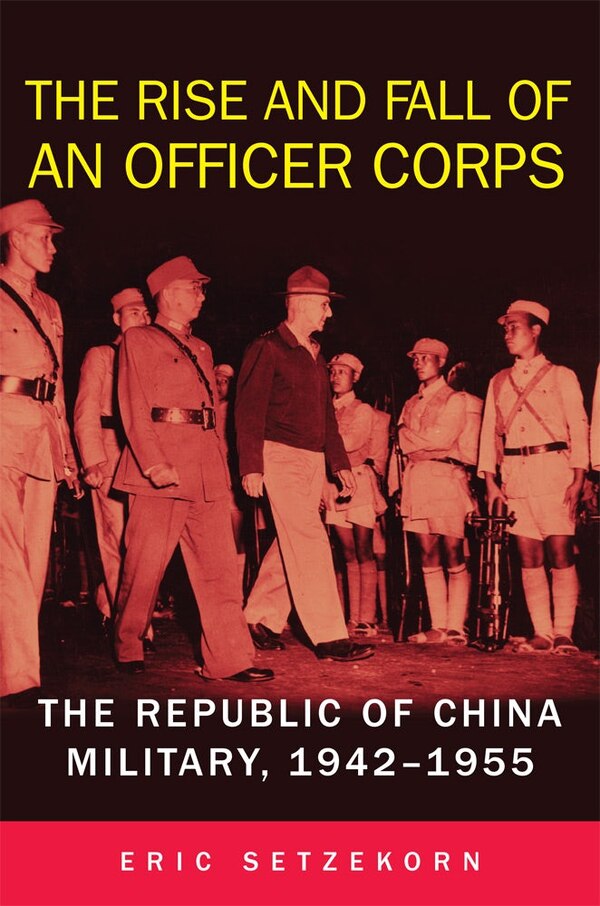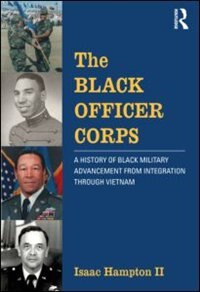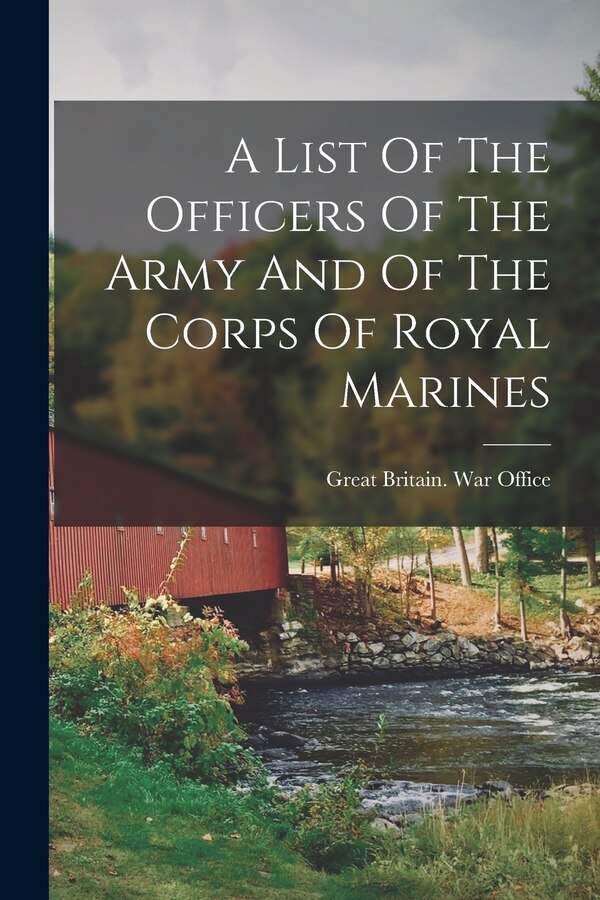Home
Organizational Environment And Preferences For Leadership And Power In The Officer Corps by Garrett T Cowsert, Paperback | Indigo Chapters
Loading Inventory...
Indigo
Organizational Environment And Preferences For Leadership And Power In The Officer Corps by Garrett T Cowsert, Paperback | Indigo Chapters
From Garrett T Cowsert
Current price: $59.00


Indigo
Organizational Environment And Preferences For Leadership And Power In The Officer Corps by Garrett T Cowsert, Paperback | Indigo Chapters
From Garrett T Cowsert
Current price: $59.00
Loading Inventory...
Size: 0.26 x 9.69 x 0.52
*Product information may vary - to confirm product availability, pricing, shipping and return information please contact Indigo
This study analyzed the relationship between the endorsement of values judged to characterize the army organizational environment and the preferences expressed for leadership and power options by officers in supervisory settings. The subjects were 99 active army majors and lieutenant colonels in a resident Command and General Staff College (CGSC) class at Fort Leavenworth, Kansas. Operational definitions of leadership and power are derived from the literature that limit leadership to actions designed to gain the willing cooperation of one's subordinates and power, conversely, to actions that can force the subordinates' compliance in spite of their opposition. The organizational environment is defined in terms of four variables: structure, authority, regulations, and leadership training. Each is demonstrated to have a potentially negative impact on the use and development of leadership. A questionnaire was then developed that assessed one's preference for leadership or power on one part, and one's endorsement of organizational values on another. The organizational values consisted of a series of statements descriptive of the army environment that the respondent was required to rank on six item Likert scales ranging from definitely bad to definitely good. Leadership and power preferences were assessed with multiple choice responses to descriptions of supervisory problems calling for action. It was hypothesized that a negative relationship existed between one's preference for leadership actions and one's endorsement of these organizational values (referred to as institutional socialization). Additional relationships based on career field, source of commission, command experience, length of commissioned service, and age were explored. The only significant finding (a=.001) was an overall correlation of -.44 between the leadership and institutional socialization scores as hypothesized. | Organizational Environment And Preferences For Leadership And Power In The Officer Corps by Garrett T Cowsert, Paperback | Indigo Chapters













